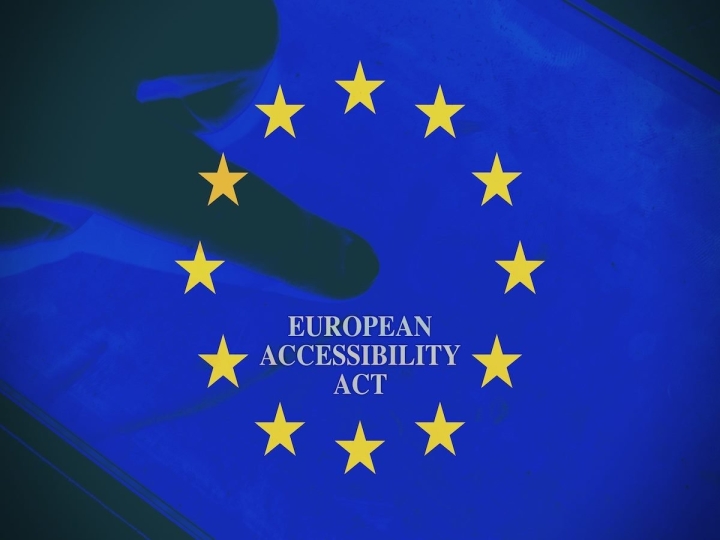
EditorialEuropean Accessibility Act (EAA): What Businesses Need to Know
The deadline for the EU’s European Accessibility Act (EAA) is June 28, 2025. While it might be easy to dismiss this with a simple “I’m not in the EU,” or “I don’t sell to the EU,” there are a number of reasons why it makes sense to include accessibility in your business plan, as well as be aware of the risks of non-conformance.
More than 1.3 billion people — 16% of the global population — live with a significant disability.
The first version of the EAA was published in 2019 and intended to both improve the accessibility of goods and services (like mobile apps, websites, etc.) for people with disabilities in the EU and set common accessibility standards for new products and services. The standards apply to EU organizations, as well as any organization operating in the EU that provides services to citizens (read: most large corporations).
Enforcement of the European Accessibility Act and penalties for noncompliance are left to each member state. These penalties, according to the Act, should "take into account the extent of the non-compliance, including its seriousness, and the number of units of non-complying products or services concerned, as well as the number of persons affected.”
Beyond monetary damages for failure to provide accessibility, the risks to a brand's reputation cannot be calculated.
While it makes sense to conform from a legal perspective, building accessible and inclusive digital products also makes good business sense. More than 1.3 billion people — 16% of the global population — live with a significant disability. This group also has an estimated disposable income in the trillions. Improving accessibility enhances digital experiences for ALL users, while also meeting the needs of people with disabilities.
Are Businesses Ready for the European Accessibility Act?
80% of professionals surveyed say they have a person or group within their organization responsible for ensuring products are accessible — up from 52% in 2022.
My company has years of data revealing hopeful shifts in awareness and adoption of inclusive design practices ahead of the EAA deadline. The results of our most recent State of Digital Quality in Accessibility survey of 1,500+ developers, engineers and QA, UX and legal professionals indicated growing interest in adopting AI’s accessibility-related capabilities. However, significant gaps in relevant expertise and QA processes remain, hindering organizations’ abilities to ensure optimal experiences for all users.
The good news is that digital accessibility awareness has grown steadily over the past four years.
- 80% of respondents have a person or group at their organization responsible for ensuring products are accessible — up from 52% in 2022.
- 57% of respondents say they evaluate or consider accessibility at the planning stages of the software development lifecycle.
Unfortunately, awareness does not always lead to proficiency. Even with dedicated roles and teams overseeing accessibility efforts, 68% of respondents still reported that they lack the resources to test for accessibility independently, on an ongoing basis. And nearly half (48%) do not have or do not know if they have processes in place to stop the release of inaccessible features into production.
Where AI Can Help With Accessibility
84% of professionals surveyed believe AI currently provides, or will provide, significant value to accessibility testing.
A promising shift is that many respondents believe automated tools and AI can help test accessibility issues.
More than one-third of respondents plan to use AI to solve accessibility issues, and 84% believe AI currently provides (or will provide) significant value to accessibility testing. Right now, 47% say AI already provides a significant boost to accessibility testing, with automated tools finding between 20% and 40% of accessibility issues.
The trends in this report echo some of the larger gen AI trends I highlighted in my last piece: investment and excitement, but still issues.
When 66% of people are still encountering issues with gen AI outputting responses with biased and offensive content, something must be done. Including people with disabilities and other underrepresented groups in the overall testing process seems like a surefire way to address some of those issues. Working with people with disabilities can also help find many code issues that automated accessibility testing might miss, like incorrect screen reader text, inappropriate image texts or illogical tab ordering, among other examples.
Think Beyond Compliance
While the upcoming EAA deadline might be forcing companies to prioritize accessibility, it’s important to think about the long term. Integrating accessibility into every stage of the software development lifecycle can help identify pain points early, improve the overall product experience and help ensure high-quality digital experiences for all customers.